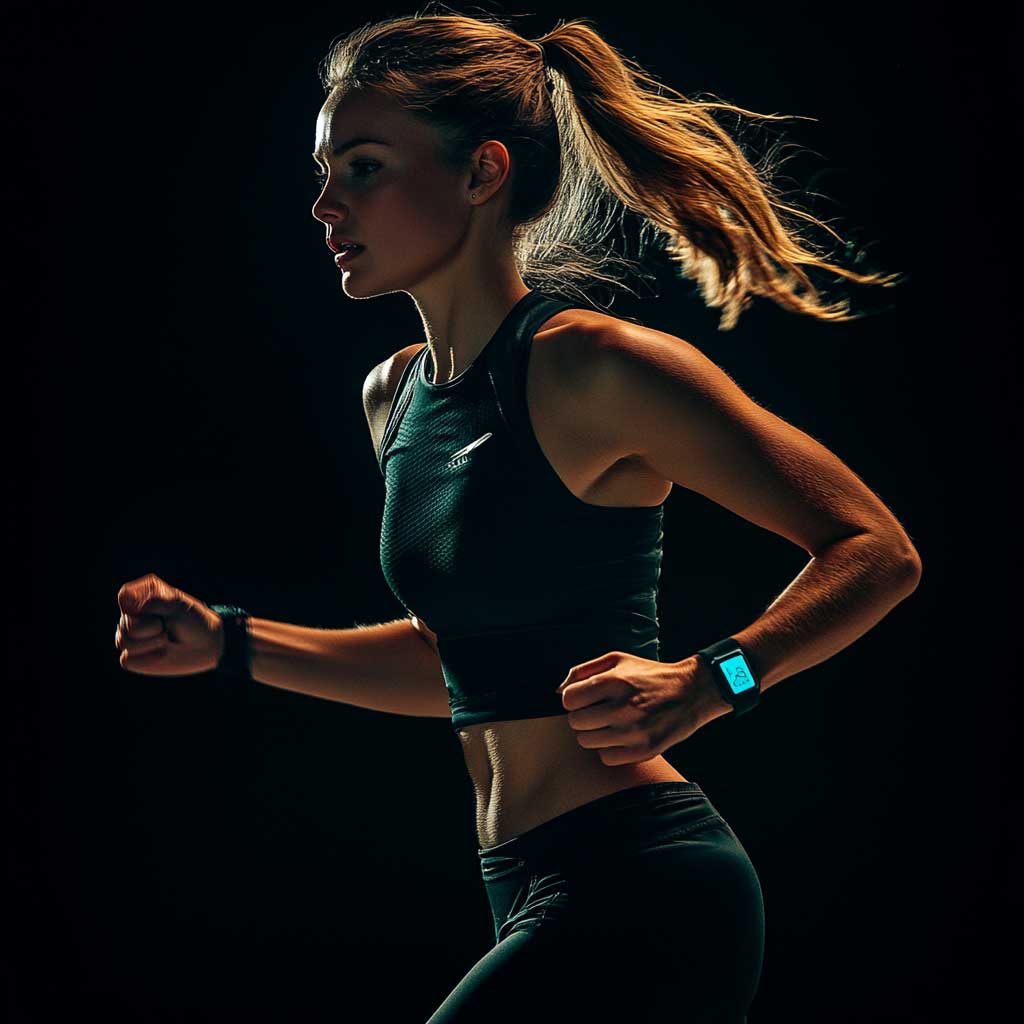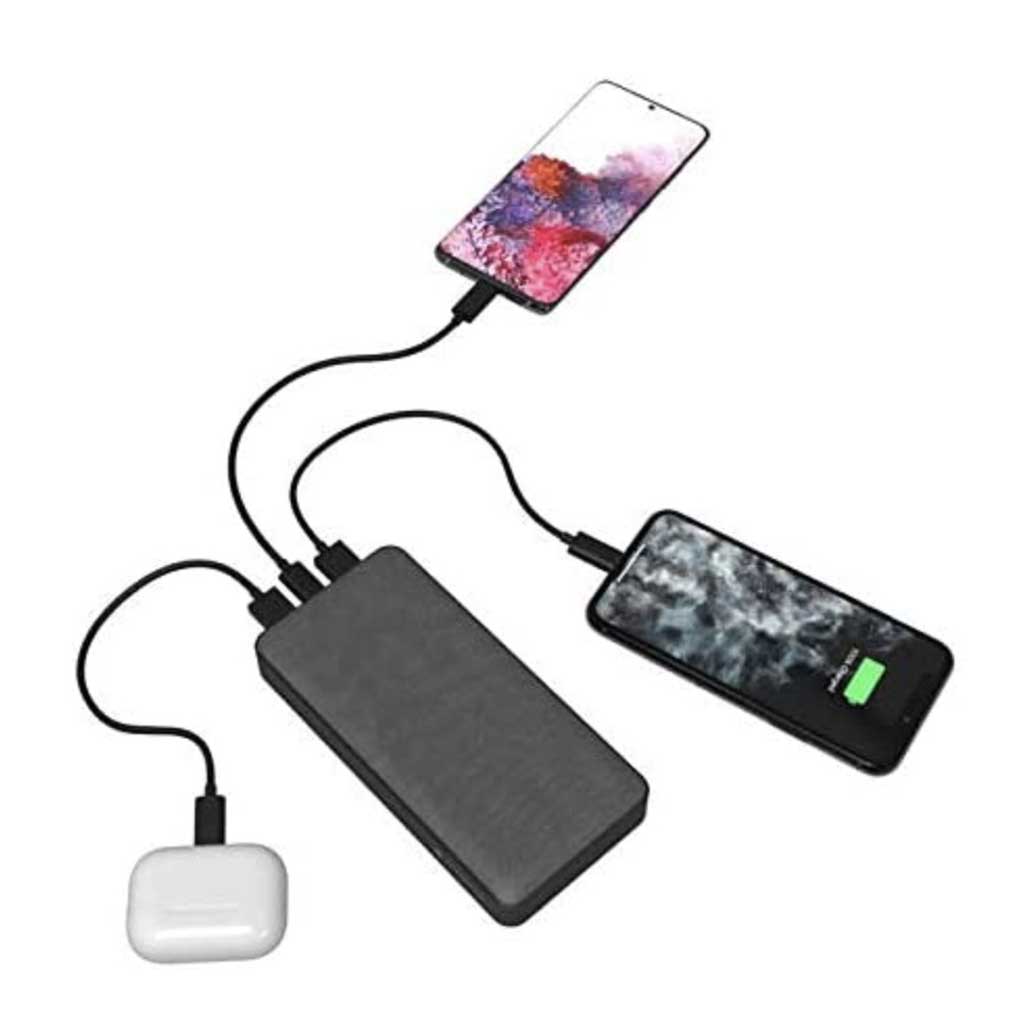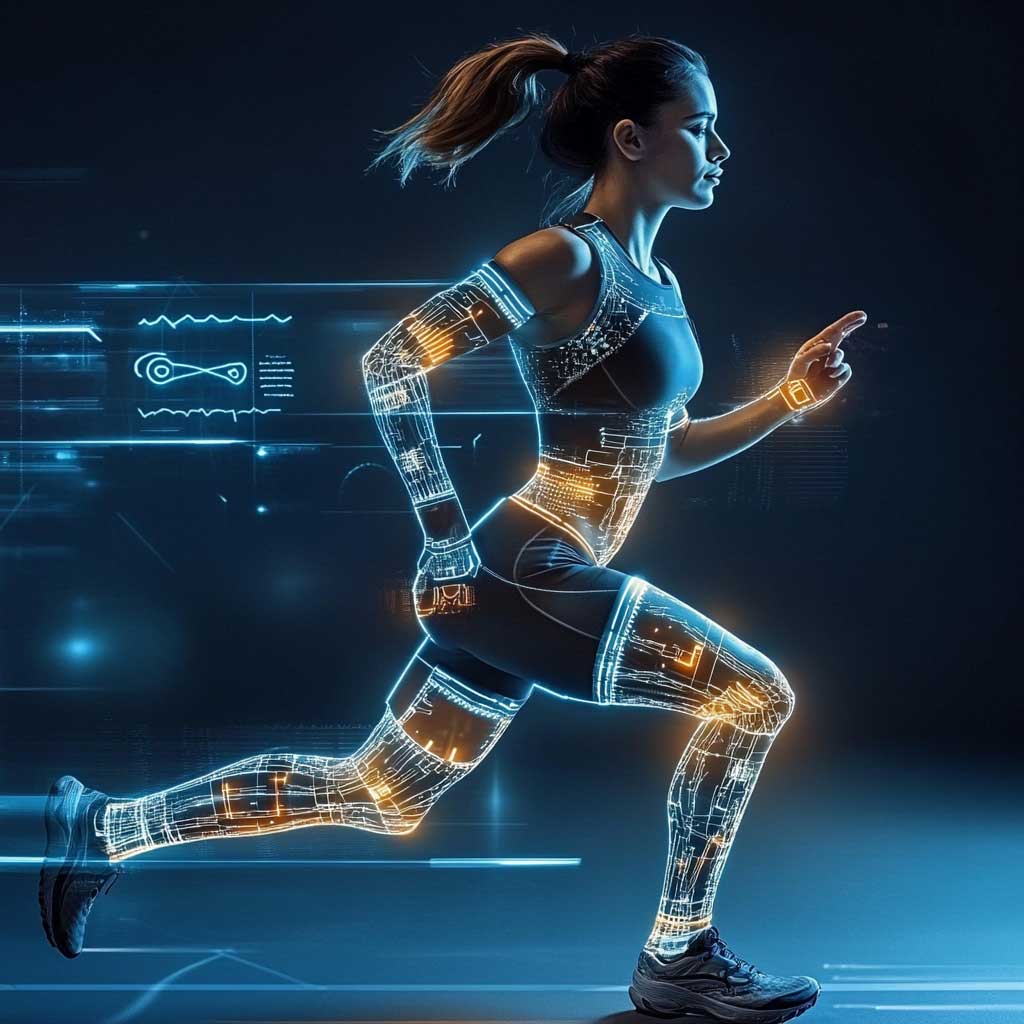
With health and fitness becoming a top priority for many, wearable technology is revolutionizing the way we approach personal wellness. From smartwatches and fitness trackers to biometric sensors and smart clothing, wearable tech has the potential to empower individuals to take control of their health like never before.
Let’s explore some of the ways wearable tech is having a transformative impact on health and fitness, examining how these innovative devices are reshaping our lifestyles, motivating behavior change, and improving overall well-being.
The Rise of Wearable Tech
Wearable technology has come a long way since the early days of bulky pedometers and heart rate monitors. Today, wearable devices are sleek, stylish, and packed with advanced features that seamlessly integrate into our daily lives.
Whether it’s tracking steps, monitoring heart rate, analyzing sleep patterns, or providing real-time feedback during workouts, wearable tech has become an indispensable tool for health-conscious individuals looking to optimize their fitness routines and improve their overall health.
The popularity of wearable tech can be attributed to several factors. First and foremost is the increasing awareness of the importance of health and fitness in today’s society. With rising rates of chronic diseases such as obesity, diabetes, and heart disease, more people are seeking ways to lead healthier lifestyles and prevent illness.
Wearable tech offers a convenient and accessible solution, providing users with actionable insights and personalized feedback to help them achieve their health and fitness goals. Recent advances in technology have also made wearable devices more affordable, accurate, and user-friendly than ever before.
From GPS-enabled running watches to waterproof fitness trackers, there’s a wearable device to suit every need and preference. This accessibility has democratized health and fitness tracking, making it accessible to people of all ages, backgrounds, and fitness levels.
Empowering Individuals Through Data
One of the key benefits of wearable tech is its ability to collect and analyze data about our bodies and behaviors. By tracking metrics such as steps taken, calories burned, heart rate, and sleep quality, wearable devices provide users with valuable insights into their health and fitness habits. This data-driven approach empowers individuals to make informed decisions about their lifestyles, enabling them to identify areas for improvement and track their progress over time.
For example, imagine wearing a fitness tracker that monitors your daily activity levels and reminds you to take breaks when you’ve been sitting for too long. By visualizing your activity patterns and setting goals for steps taken or calories burned, you can gradually increase your physical activity and improve your overall fitness. Over time, you’ll start to notice improvements in your energy levels, mood, and overall well-being, all thanks to the power of wearable tech.
It’s not just about collecting data – it’s also about making sense of it. Many wearable devices come with companion apps or software platforms that analyze the data collected by the device and provide personalized recommendations and insights. These insights can range from simple tips for improving sleep hygiene to personalized workout plans tailored to your fitness level and goals. By leveraging artificial intelligence and machine learning algorithms, wearable tech can deliver truly personalized experiences that help users achieve better outcomes.
Motivating Behavior Change
One of the most powerful aspects of wearable tech is its ability to motivate behavior change. By providing real-time feedback and encouragement, wearable devices can incentivize users to adopt healthier habits and stick to their fitness goals.
This gamification of health and fitness makes the journey to better health more engaging and enjoyable, turning everyday activities into opportunities for achievement and progress.

Many fitness trackers reward users with badges or virtual trophies for reaching milestones such as reaching a certain number of steps in a day or completing a certain number of workouts in a week. These small rewards can be surprisingly motivating, encouraging users to push themselves a little harder and stay committed to their goals.
Over time, these small victories add up, leading to meaningful improvements in health and fitness. But it’s not just about competition – it’s also about accountability. Wearable tech allows users to track their progress over time and hold themselves accountable for their actions.
Whether it’s setting daily step goals, tracking food intake, or monitoring sleep patterns, wearable devices provide a constant reminder of the user’s commitment to their health and fitness journey.
Real-World Applications
The potential applications of wearable tech in the realm of health and fitness are virtually limitless. From monitoring chronic conditions such as diabetes and hypertension to optimizing athletic performance and recovery, wearable devices are transforming the way we approach healthcare and wellness.
Here are just a few examples of how wearable tech is being used in real-world settings:

Remote Patient Monitoring: Wearable devices equipped with sensors for monitoring vital signs such as heart rate, blood pressure, and blood glucose levels are revolutionizing the way patients with chronic conditions are managed. These devices allow healthcare providers to remotely monitor patients’ health in real time, enabling early intervention and preventing complications.
Personalized Fitness Coaching: Wearable devices paired with AI-powered coaching platforms are providing users with personalized fitness guidance and support. These platforms analyze users’ data to create customized workout plans, provide real-time feedback during workouts, and offer motivational messages to keep users engaged and on track.
Injury Prevention and Rehabilitation: Wearable devices equipped with motion sensors and accelerometers are being used to prevent injuries and aid in rehabilitation. These devices can track movement patterns and detect abnormal movements that may indicate increased risk of injury.
Stress Management: Wearable devices equipped with biofeedback sensors are helping users manage stress and improve their mental well-being. These devices measure physiological indicators of stress, such as heart rate variability and skin conductance, and provide users with feedback and relaxation techniques to help them manage stress more effectively.
Recent Blog Articles
Recent Blog Articles

When Online Dating Goes Wrong: The Dark Side of Digital Romance
Published on: February 4, 2025
Online dating has revolutionized how we connect with potential partners. Platforms like Tinder, Bumble, and Hinge offer convenience and a vast pool of singles at our fingertips.
Read time: 38 min

Maximizing ROI with Custom Software: A Smart Investment for Sustainable Growth
Published on: January 28, 2025
Organizations must continuously evolve to stay ahead. One of the most impactful ways to achieve long-term success is by investing in custom software solutions.
Read time: 23 min

AI-Powered Productivity: How Artificial Intelligence is Reshaping Your Industry
Published on: January 21, 2025
Companies that embrace AI today are positioning themselves for long-term success, unlocking unprecedented productivity and innovation.
Read time: 42 min

From Chaos to Control: How ERP Systems Revolutionize Business Operations
Published on: January 14, 2025
Enterprise Resource Planning (ERP) software has become an indispensable tool for organizations across various industries, transforming operations, improving productivity, and reducing inefficiencies.
Read time: 46 min

Tech-Enhanced Superpowers: Gadgets That Make You Feel Like a Superhero
Published on: January 7, 2025
Exoskeletons that grant superhuman strength, smart glasses that enhance vision, and wearable devices that provide a sixth sense, technology is enabling us to surpass our natural abilities.
Read time: 55 min

The Role of Tech in Modern Dating: From Swipe Right to Virtual Dates
Published on: December 31, 2024
Technology has fundamentally transformed every aspect of our lives, including the way we date. Gone are the days when meeting someone new required attending social events.
Read time: 41 min

Tech-Powered Ghosts: Can AI Bring Back the Voices of the Dead?
Published on: December 24, 2024
Humanity has always been fascinated by the afterlife and the possibility of communicating with those who have passed on. This curiosity has driven many stories, myths, and even scientific pursuits.
Read time: 29 min

